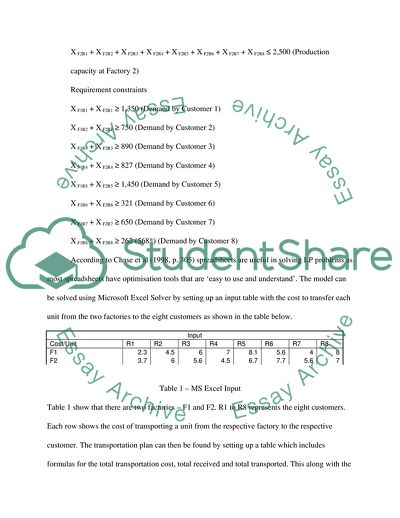Cite this document
(Logistics and Transportation Planning Assignment, n.d.)
Logistics and Transportation Planning Assignment. Retrieved from https://studentshare.org/mathematics/1764755-logistics-and-transport-planning
Logistics and Transportation Planning Assignment. Retrieved from https://studentshare.org/mathematics/1764755-logistics-and-transport-planning
(Logistics and Transportation Planning Assignment)
Logistics and Transportation Planning Assignment. https://studentshare.org/mathematics/1764755-logistics-and-transport-planning.
Logistics and Transportation Planning Assignment. https://studentshare.org/mathematics/1764755-logistics-and-transport-planning.
“Logistics and Transportation Planning Assignment”. https://studentshare.org/mathematics/1764755-logistics-and-transport-planning.


